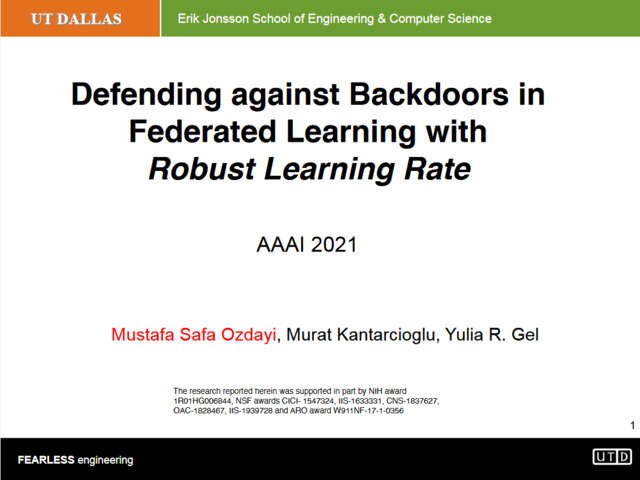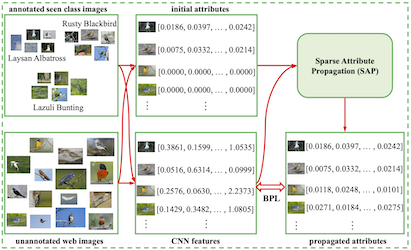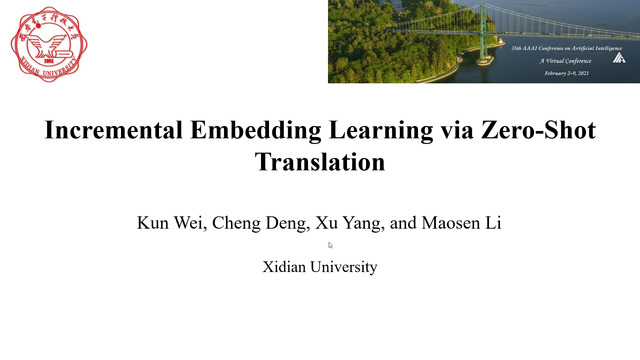Abstract:
Due to insufficient training data and the high computational cost to train a deep neural network from scratch, transfer learning has been extensively used in many deep-neural-network-based applications. A commonly used transfer learning approach involves taking a part of a pre-trained model, adding a few layers at the end, and re-training the new layers with a small dataset. This approach, while efficient and widely used, imposes a security vulnerability because the pre-trained model used in transfer learning is usually publicly available, including to potential attackers. In this paper, we show that without any additional knowledge other than the pre-trained model, an attacker can launch an effective and efficient brute force attack that can craft instances of input to trigger each target class with high confidence. We assume that the attacker has no access to any target-specific information, including samples from target classes, re-trained model, and probabilities assigned by Softmax to each class, and thus making the attack target-agnostic. These assumptions render all previous attack models inapplicable, to the best of our knowledge. To evaluate the proposed attack, we perform a set of experiments on face recognition and speech recognition tasks and show the effectiveness of the attack. Our work reveals a fundamental security weakness of the Softmax layer when used in transfer learning settings.









































